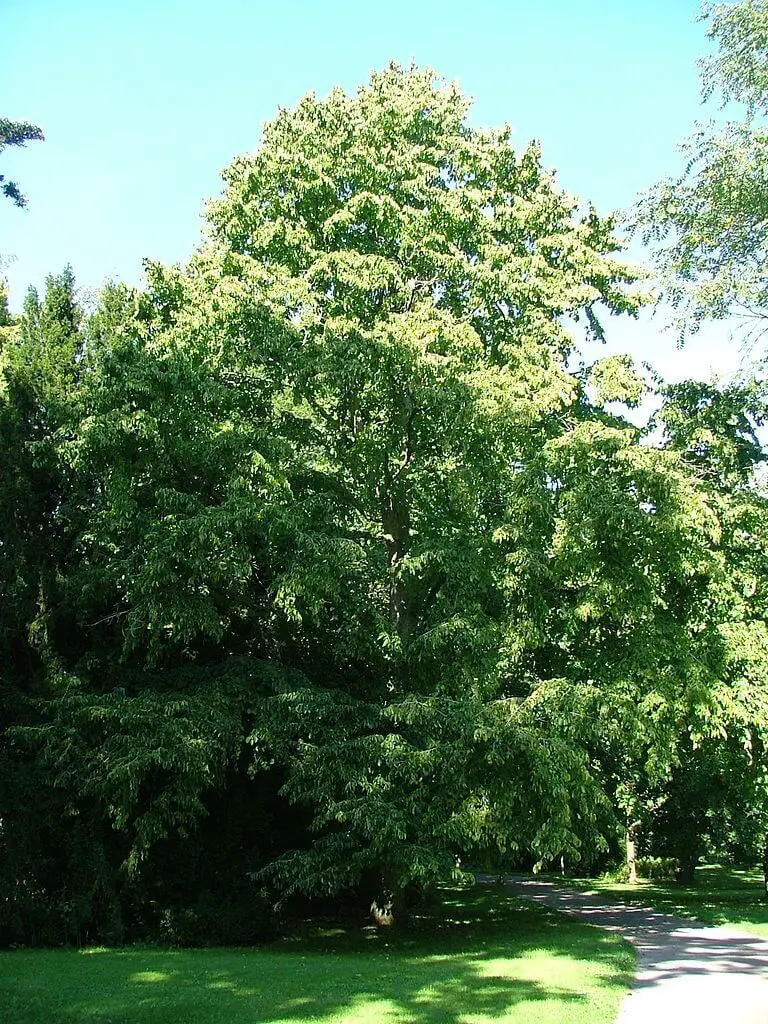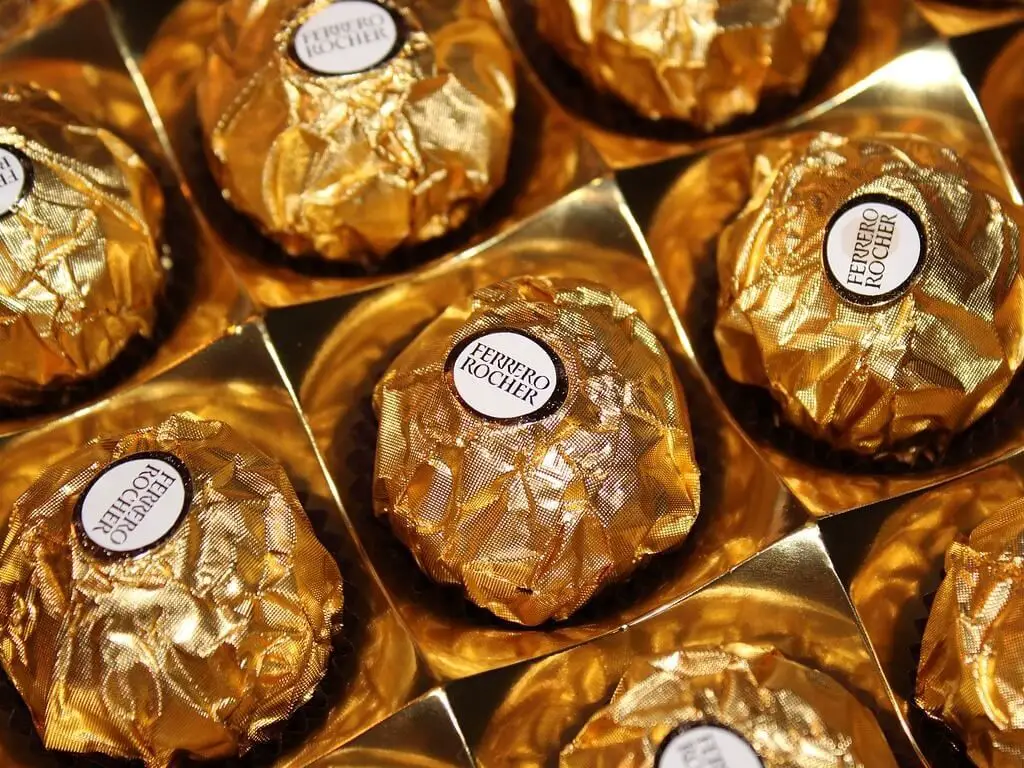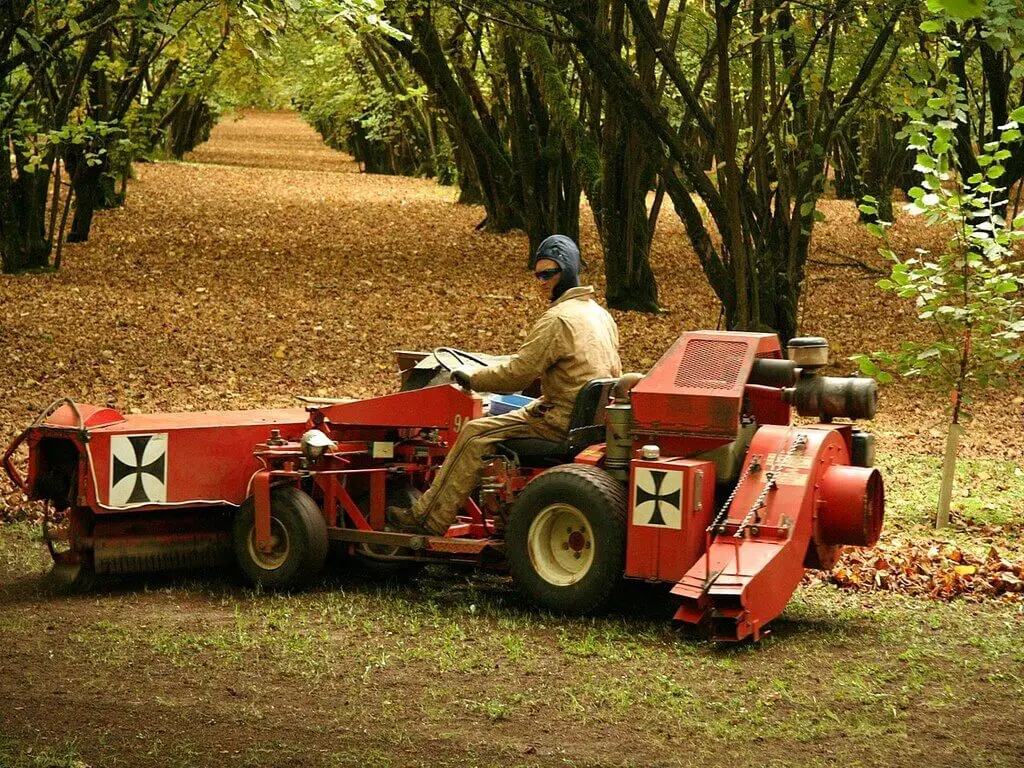All about Hazelnuts
In the world commercial market, Hazelnuts and their by-products have a huge demand. Hazelnuts are species of the genus Corylus avellana. These nuts are cultivated in different varieties. Among them, cobnuts and filberts are most widely use and consumed.
The cobnut is almost oval in shape. It measures about 15 – 25 mm in length and about 10 – 15mm in diameter. Comparatively, the filbert nut is larger in size with almost double the diameter.
This article focuses on Hazelnuts, their history, production, harvesting, storing and uses.
The inner seeds of hazelnuts are edible. They have thin brown skin. Chefs usually remove this skin before cooking. People consume hazelnuts in many forms including roasted, raw, and grounded.
The leader in the production of hazelnuts globally is turkey
Table of Contents
The History of Hazelnuts
In Scotland, archaeologists discovered remains of burned hazelnut shells in large numbers in 1995. The exact location is said to be a Mesolithic midden pit located in Colonsay Islands, near the seashore.
In addition, they discovered a hearth, a couple of associating small pits, and another cluster of pits located adjacently. However, the exact function of these pits and arrangements are still not clear. As confirmed by the radiocarbon tests, these findings date back to circa 6000 BC
Scientists have discovered similar pits in other parts of the world also. But they have comparatively less quantity of remains (burned Hazelnut shells). For instance, you can find the same kind of sites in the UK at Cass ny Hawin (Isle of Man) and Farnham (Surrey)
Production of Hazelnuts

Photo by Lottis 80 (CC BY 3.0)
In 2017, the global production of Hazelnuts (in shells) was about one million tonnes. Turkey is the leading producer of hazelnuts. It has about 400,000 documented hazelnut orchids. It currently holds about 67% share in the Hazelnut world market.
In 2019, BBC confirmed illegal child labor employment in turkey’s orchids. Most of these children were migrants. The international community raised major concerns on this issue.
Other major producers of these nuts include Italy, Azerbaijan, the USA, China, and Georgia.
In the United States, the State of Oregon produced 99% of Hazelnuts during 2014. The value of that crop is estimated to be $129 million. In fact, the food industry (snacks), purchased most part of this production. Later, Ontario (Canada) actively involved in the production of this crop from 2017 onwards.
In 2015, Chile dominated the production of these fruits. In 2016, it exported about 6,500 tonnes of them. The US and Europe imported most part of this production from chile.
Typically, UK consumes the cobnut variety. The UK farmers cultivate this crop in plats (fields divided into several sections). This crop is commonly known as “Kent cobnuts” in this region. In fact, UK consumers love to eat them raw for their delicate taste. As per BBC Reports, the Roughway Farm (Kent), exhibits several varieties of cobnuts grown across the UK
Interestingly, there is speculation behind the name of these fruits. Tying Hazelnuts to stings, children use to play by hitting the opponent’s head. People in this region term “head” as “cob”. Since the nuts are used to hit cobs, they called them “cobnuts”. Remember, this is just speculation!
Controversy

Ferrero SpA is a world-famous food products company based in Italy. Its world-famous products include Ferrero Rocher (hazelnut and chocolate confectionery). and Nutella (sweet hazelnut cocoa spread). Typically, this company procures about 25% of the global hazelnut production, particularly from Turkey.
As stated earlier, the international community is concerned about illegal child labor employment in Turkey. So, it pressurized Ferrero SpA to stop the imports or to take appropriate actions.
The company responded positively. In fact, it ran various educational programs to eliminate child labor even before the “pressure” from the international community. It also documented its various efforts to eliminate the problem and produced it to the international community.
Harvesting of Hazelnuts
Typically, Autumn is the right season to harvest Hazelnuts. In this season, these trees shed their fruits and foliage like most other trees. Most growers use machine rake systems or manual picking to collect the dropped hazelnuts from the ground. Depending on the quantity, large farming houses repeat the raking process more than once to collect all the fallen fruits.
The advanced raking system consists of four pieces of equipment.
The sweeper system – sweeps the fallen nuts
The harvester system – separates nuts from other debris.
The nut cart – holds the nuts
Forklifts – are used to lift/haul the loads.
Sweeper Machine

This is a low-to-ground machine designed for sweeping. As a protocol, it passes twice in a single row, sweeping the crop and other debris to one side.
In the front end, it has a 2m belt attached with a dedicated motor. As the motor rotates, the belt sweeps the nuts from left to right. In this way, it deposits nuts in a single row, easing the job for the harvester machine.
If needed, the rotating direction can be reversed by reversing the motor and belt arrangement.
In the rear end, a powerful blower blows air at 90 m/s speed. This action blows the left-out nuts to adjacent rows.
Nut Cart
Nut cart is just a carrier machine. In most cases, it is designed to attach at the backside of the harvester. It just collects the separated nuts from the harvester.
Forklift
A Forklift hauls the filled totes of the nut cart to the factory. After dropping the yield, it hauls back the emptied totes.
These modern systems require minimal human intervention. Most commercial growers use these effective systems to harvest hazelnuts. Compared to old methods and manual processes, these modern systems increase productivity to a large extent. Ultimately, the companies enjoy huge margins of commercial gains, employing minimal human staff.
Strategies
Generally, Large farming houses follow two different strategies for harvesting.
The first strategy is to collect start harvesting when trees shed some of their fruits. In this method, the machines experience minimal load. Hence there is a fewer or no chance of break down. In addition to low repair costs, this method is quicker and a lot more efficient.
However, the process may have to repeat more than once depending on the quantity of fallen fruits and also the size of the farm.
The second strategy is to delay the harvesting process until the trees shed all their fruits.
This method has many drawbacks also. If the rain interrupts, the harvesting process becomes very difficult and inefficient. As the machines experience full pressure, the chances of break down increases. Hence the cost of repairs and time consumed may increase exponentially.
However, this method has many advantages. The harvesting can be completed in just one go. Hence it can save time and labor
Depending on the quantity of yield, companies choose the harvesting strategies.
Storge of Hazelnuts

For storing and increasing the shelf life, many crops have specific requirements. Interestingly, Hazelnuts are not of such type. They do not require a controlled atmosphere or refrigeration for storage. Being a nonperishable crop, you can simply store it in clean and dry places.
Typically, large commercial houses use refrigerated containers to store this crop. This maintains the oxidative degradation within threshold limits for up to a year. In addition, the refrigerated environment also maintains the acidity of the crop for almost a year. Thus, cold refrigeration helps to maintain the high commercial value of the crop.
There is also a huge demand for these fruits in the world’s commercial markets. The demand tends to increase every year.
Nutrients
Food energy of about 628 kilocalories (2,630 kilojoules) is contained in 100 grams of Hazelnuts (Raw). It also contains various essential nutrients that amount to 20% of Daily Value. It also contains total fat amounting to 93% DV. The fat components are oleic acid – 75% (monounsaturated fat), linoleic acid – 13% (polyunsaturated fat) and palmitic acid, stearic acid – together 7% (saturated fat)
Hazelnuts contain a high amount of manganese, magnesium, thiamine, phosphorus, dietary fiber, protein, iron, and vitamin E – all exceed 30% of Daily Value. They also contain calcium, zinc, Vitamin K, and potassium about 10-19% Daily value and some B vitamin content.
You can refer Daily Value Table for more information.
Uses of Hazelnuts

In fact, most people dislike the bitter taste of the fruit’s brown skin. But this skin also contains nutrition. To intensify the flavor, roast the fruits at low temperatures (350 F) for about 15 minutes. This also loosens the outer brown skin. By rubbing a towel, you can easily remove the loosened skin.
You can also eat the fruits raw, slice them, or serve them in salads and other cuisines. In the US, these fruits are commonly served in salads, soups, pasta, and desserts. Some US consumers ground these fruits and use them as a paste or flour to coat chicken, fish, and other types of meat.
Hazelnuts also serves as a key ingredients in many international confectionary foods. For instance, Cadbury chocolate bars, Nutella, Frangelico liqueur, praline Etc., contain hazelnuts in various forms.
Hazelnut oil is used in cooking. Hazelnuts are rich in vitamin E, monounsaturated fat, protein, manganese, and various other vital nutrients. In the medical field, the extracts of these fruits are used in aromatherapy, haircare, skincare Etc.,
Many Georgian cuisines and Turkish cuisines use hazelnuts. in Austria, consumers use hazelnut paste to bake tortes, a popular multilayered cake. Other popular cakes like Dacquoise cake (France), Kyiv cake (Ukraine) are usually prepared with a fine layer of hazelnut meringue. Nowadays, you can find these world-famous cakes in many international hotels.
You can also eat hazelnuts raw or dried. They have different flavors in each form. Some people consume hazelnuts soaked in food-grade acids. Although not a favorite to all consumers, “soaked foods” have a separate fan base all over the world.
Top Posts
How do Almonds Grow
What are Aphids and How to Treat Them
